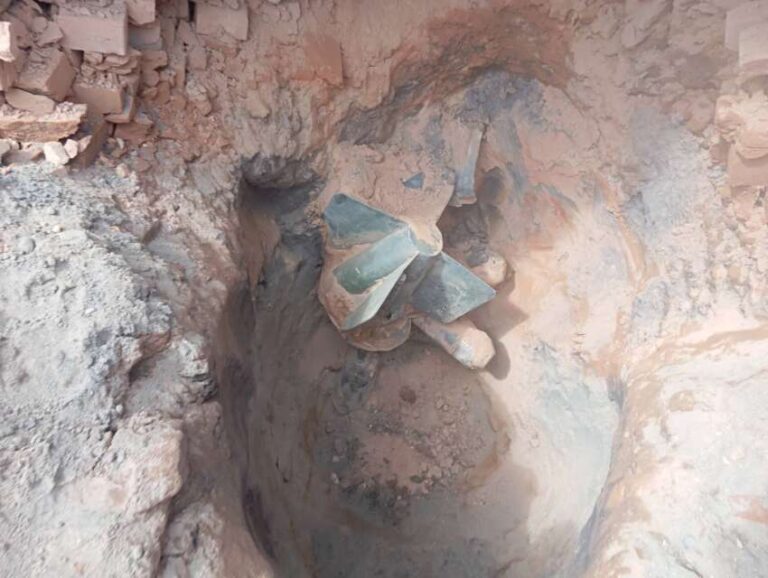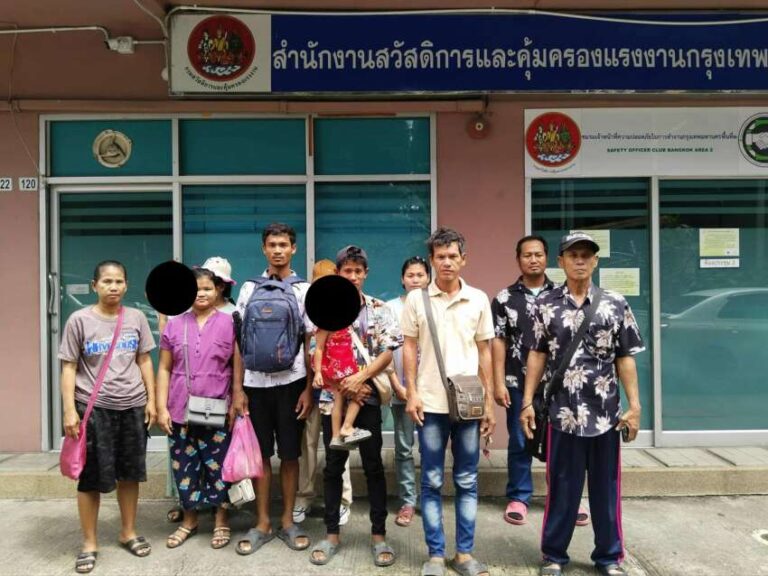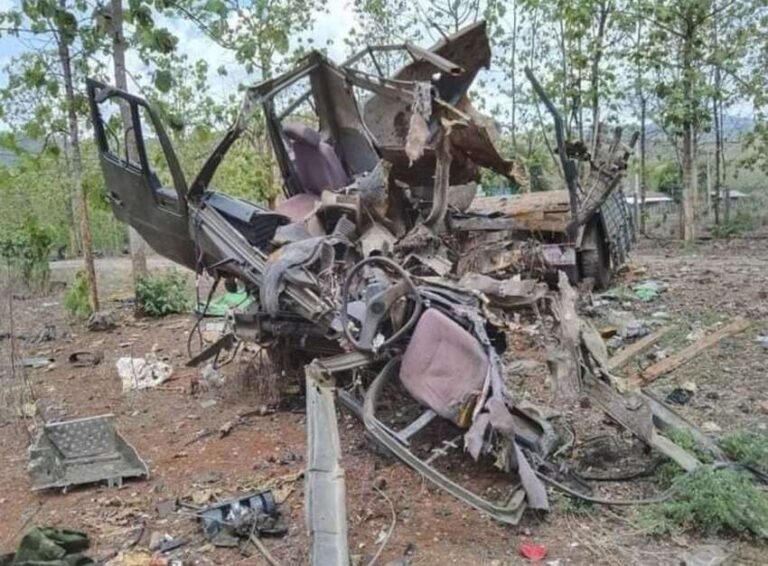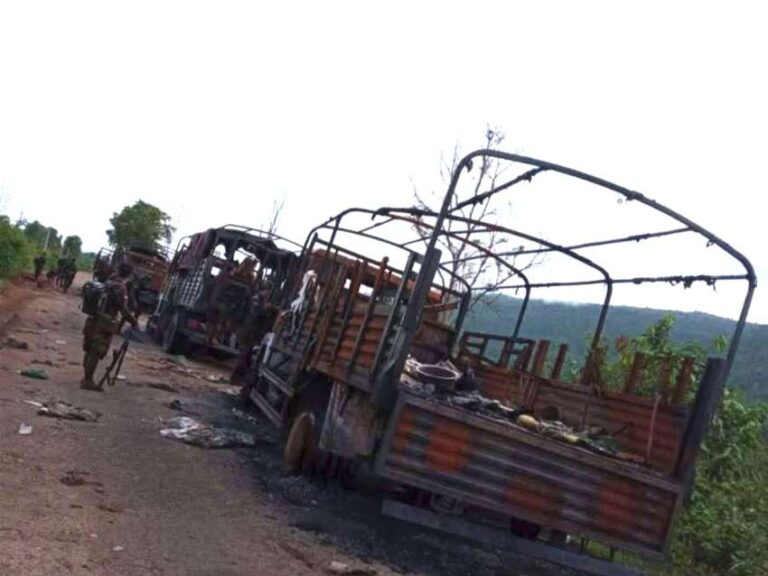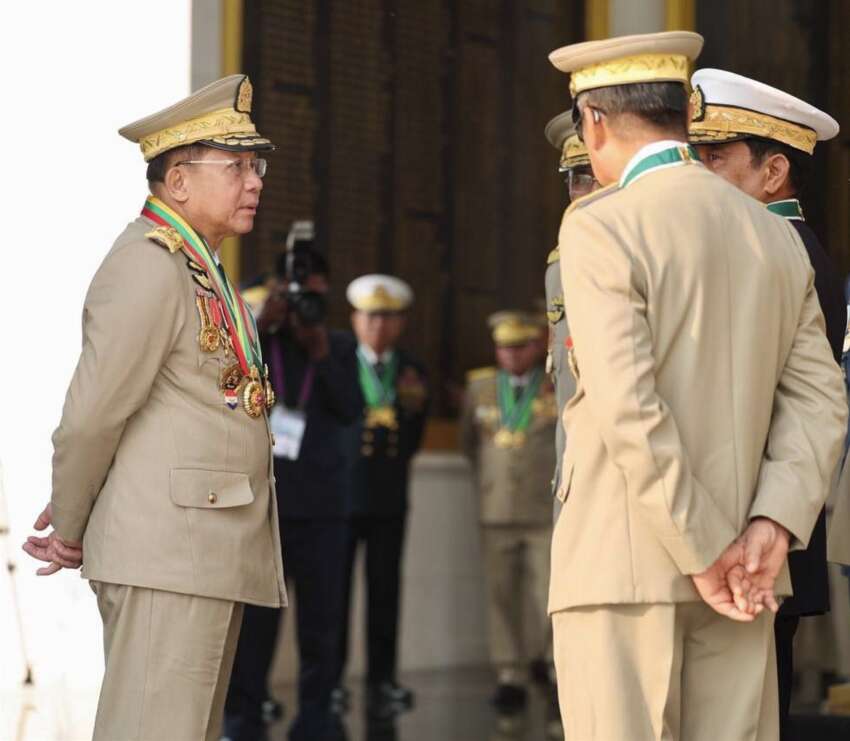
According to military sources in Naypyidaw, the military council is implementing a special operation to prioritize capturing urban areas in 63 townships where martial law has been declared, with the aim of holding elections. The military is focusing on recapturing urban areas in townships where they have lost control, particularly those under martial law, in preparation for the elections scheduled for December 28.
The current military operations are primarily focused on securing urban areas for election purposes rather than attempting to control entire territories. The military plans to intensify offensive operations until December, before the election period. Their operational strategy is divided into short-term and long-term plans, with the immediate priority being the capture of urban areas, while the complete recapture of lost territories remains a long-term objective.
On July 31, the military council declared martial law in 63 townships controlled by various ethnic armed organizations including KIA, MNDAA, AA, KNDF, TNLA, PDF, KNU, UWSA, and NDAA. These townships include 5 in Kachin State, 3 in Karenni State, 2 in Karen State, 7 in Chin State, 9 in Sagaing Region, 5 in Magway Region, 3 in Mandalay Region, 14 in Rakhine State, and 15 in Shan State.
Notably, in Shan State, the martial law declaration includes territories controlled by groups that have ceasefire agreements with the military council, such as UWSA, MNDAA, and NDAA. Particularly unusual is the inclusion of Mongla Township, controlled by NDAA, and Hopang Township, controlled by UWSA, where there has been no active conflict with the military. This comprehensive martial law declaration represents a significant expansion of military administrative control across diverse regions of Myanmar, including areas where armed resistance and ethnic control have been historically strong.
